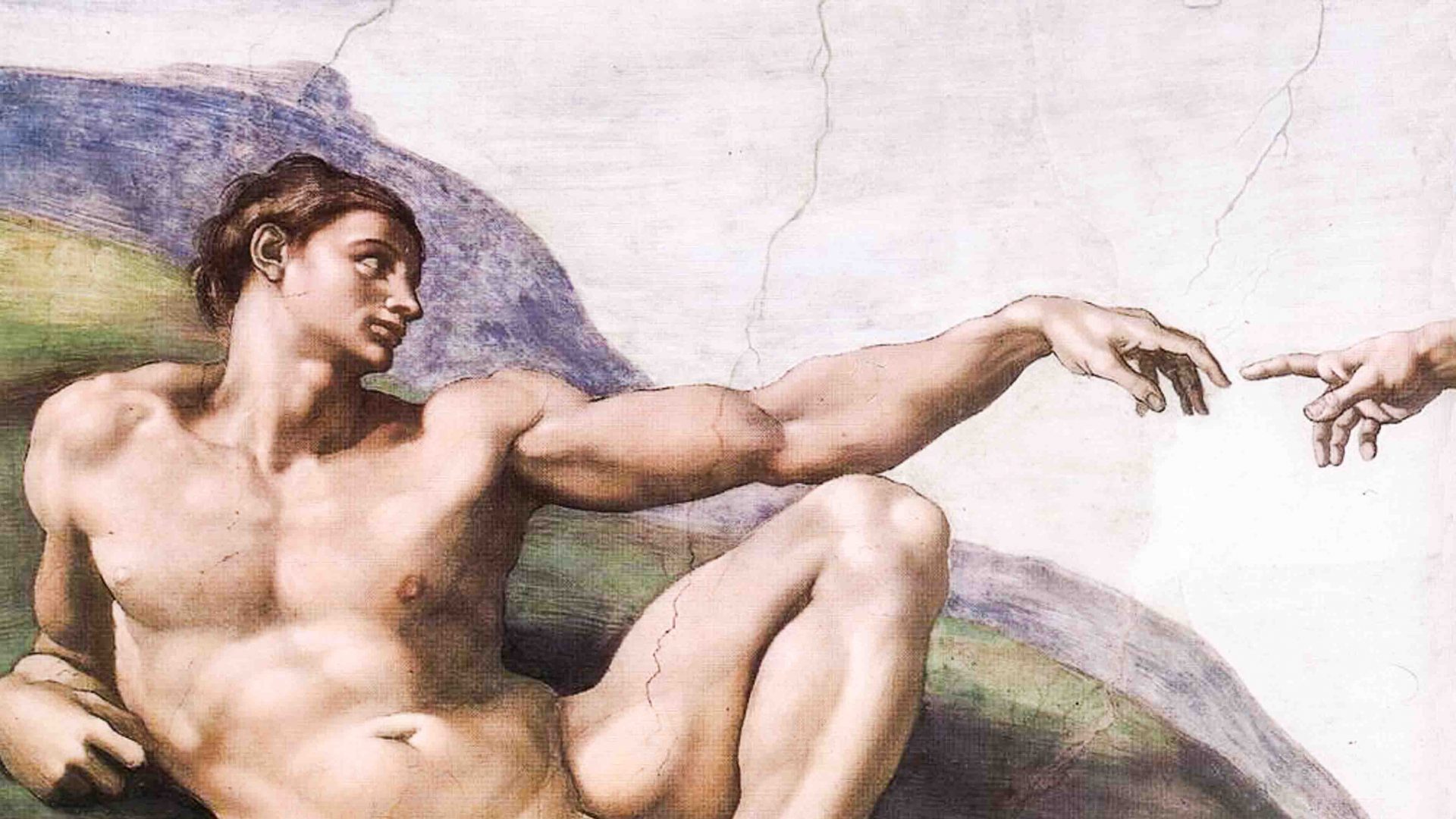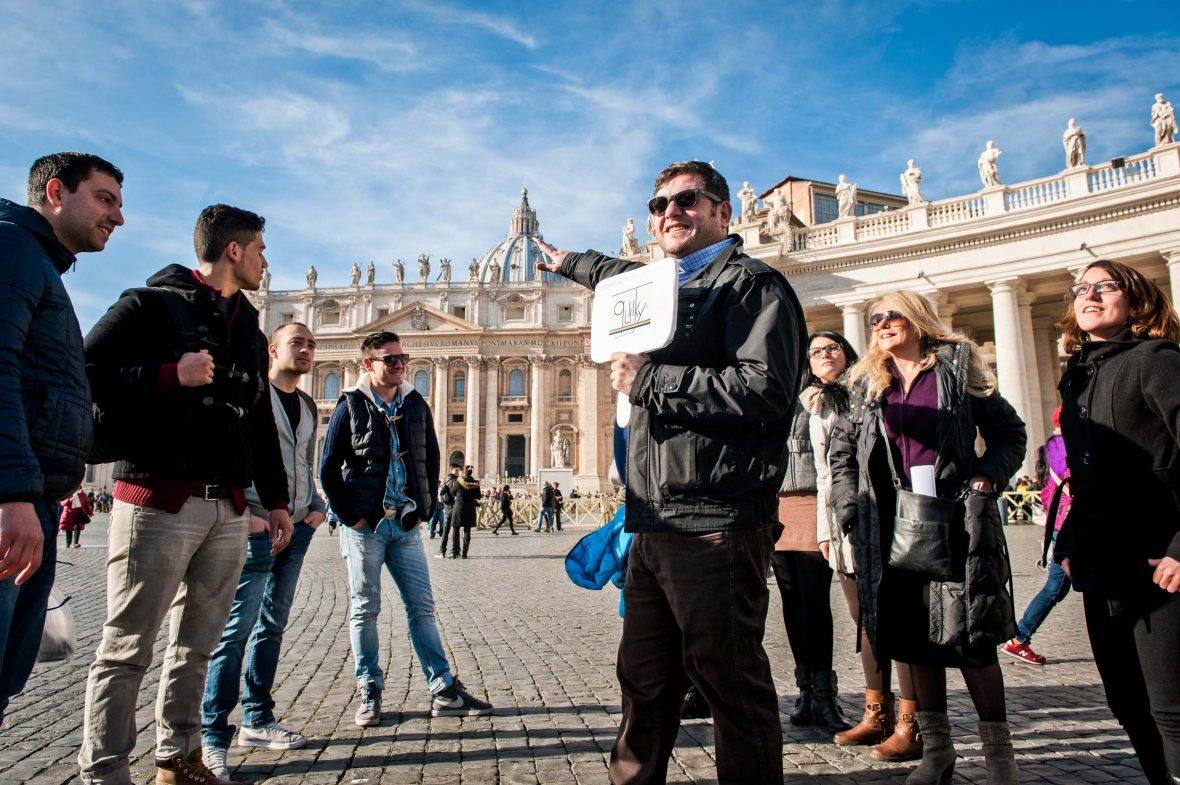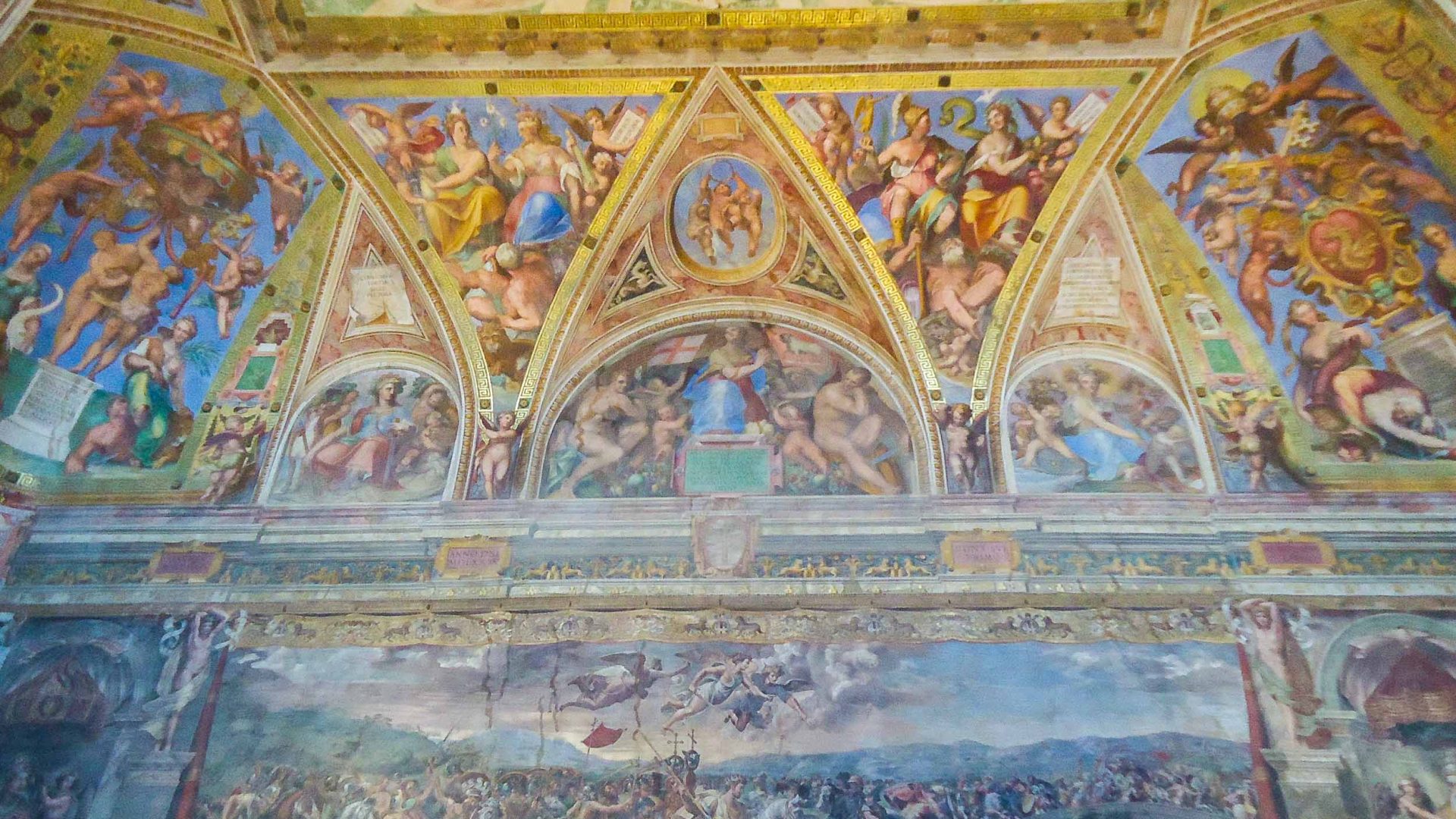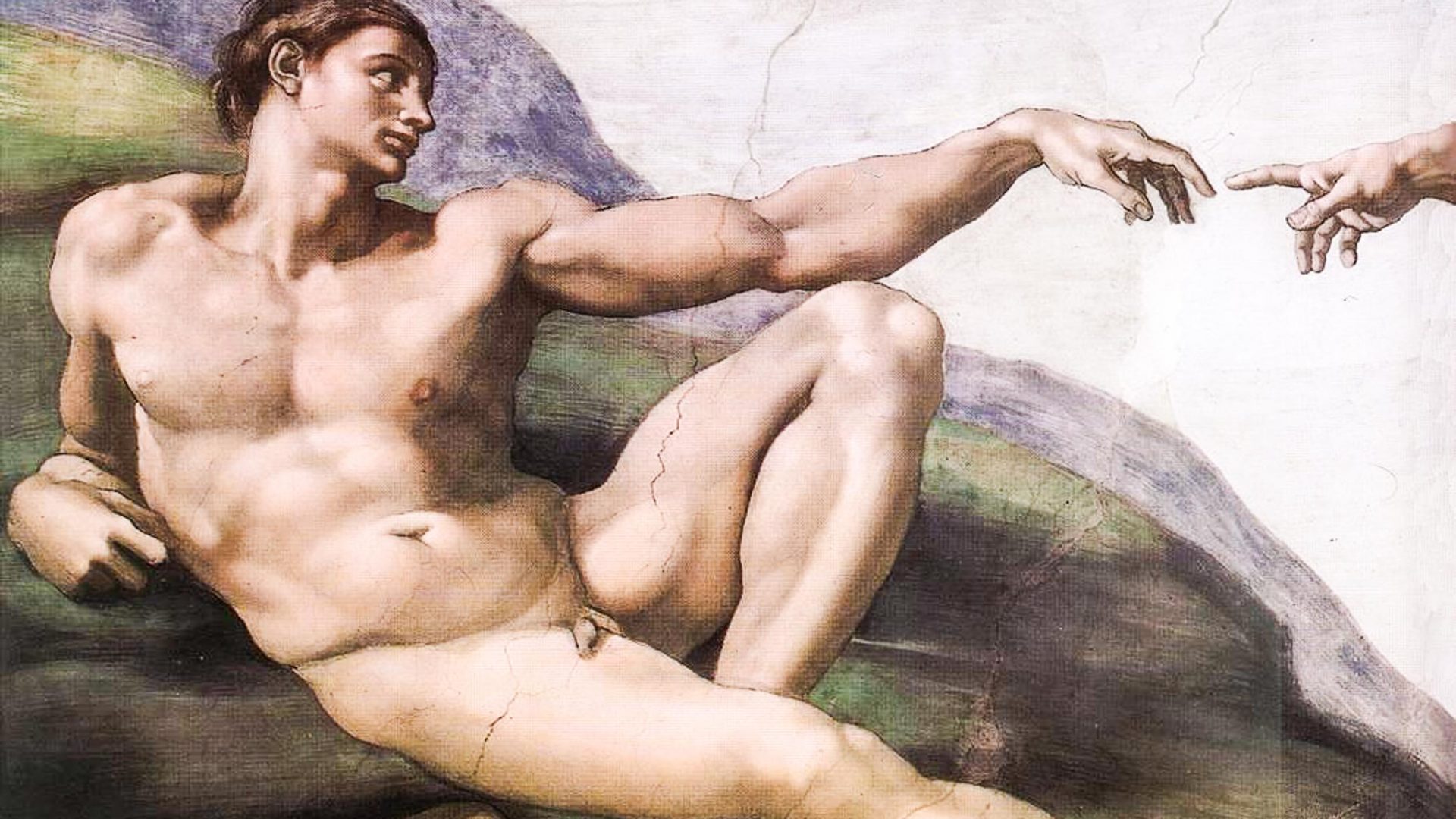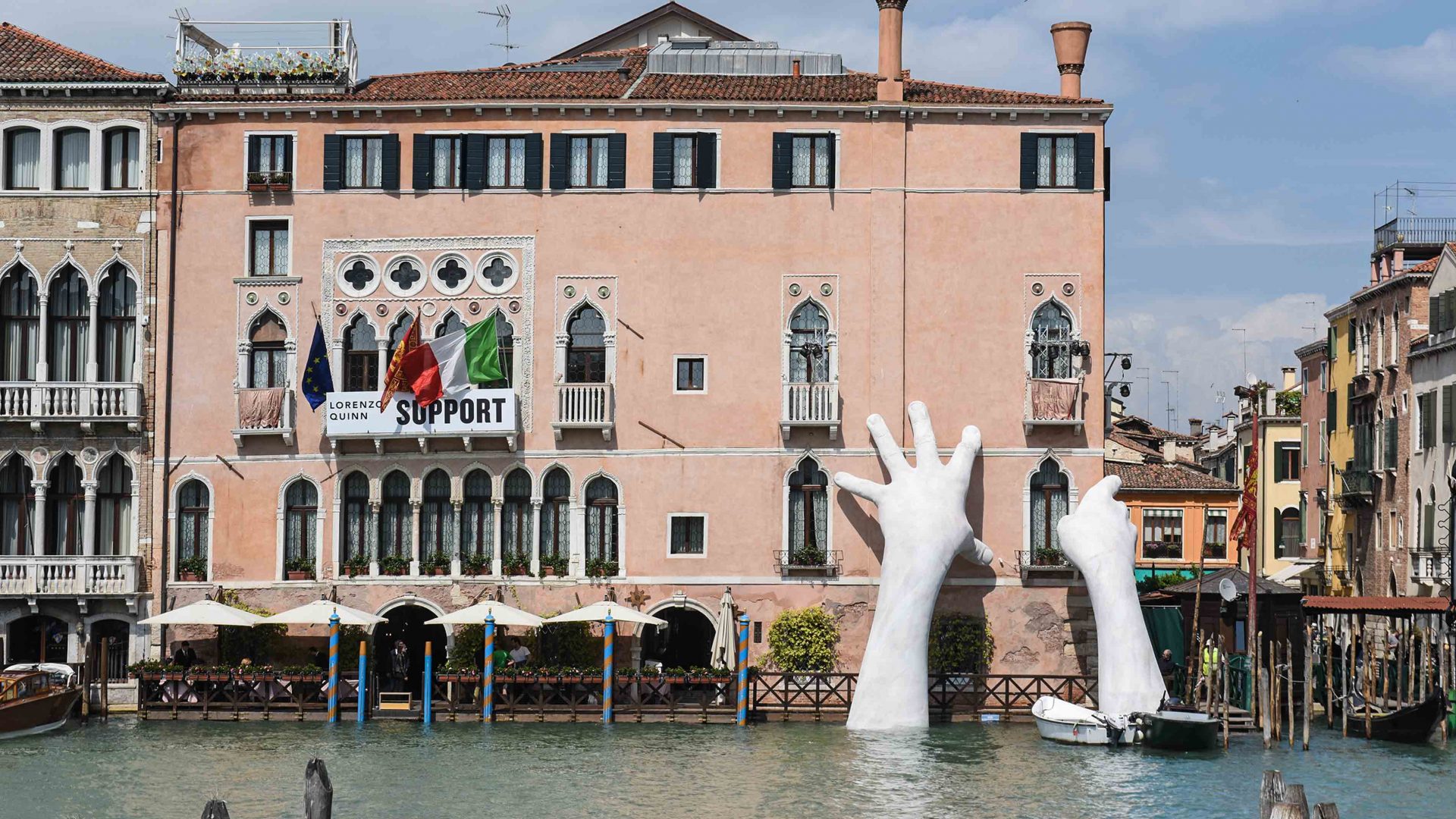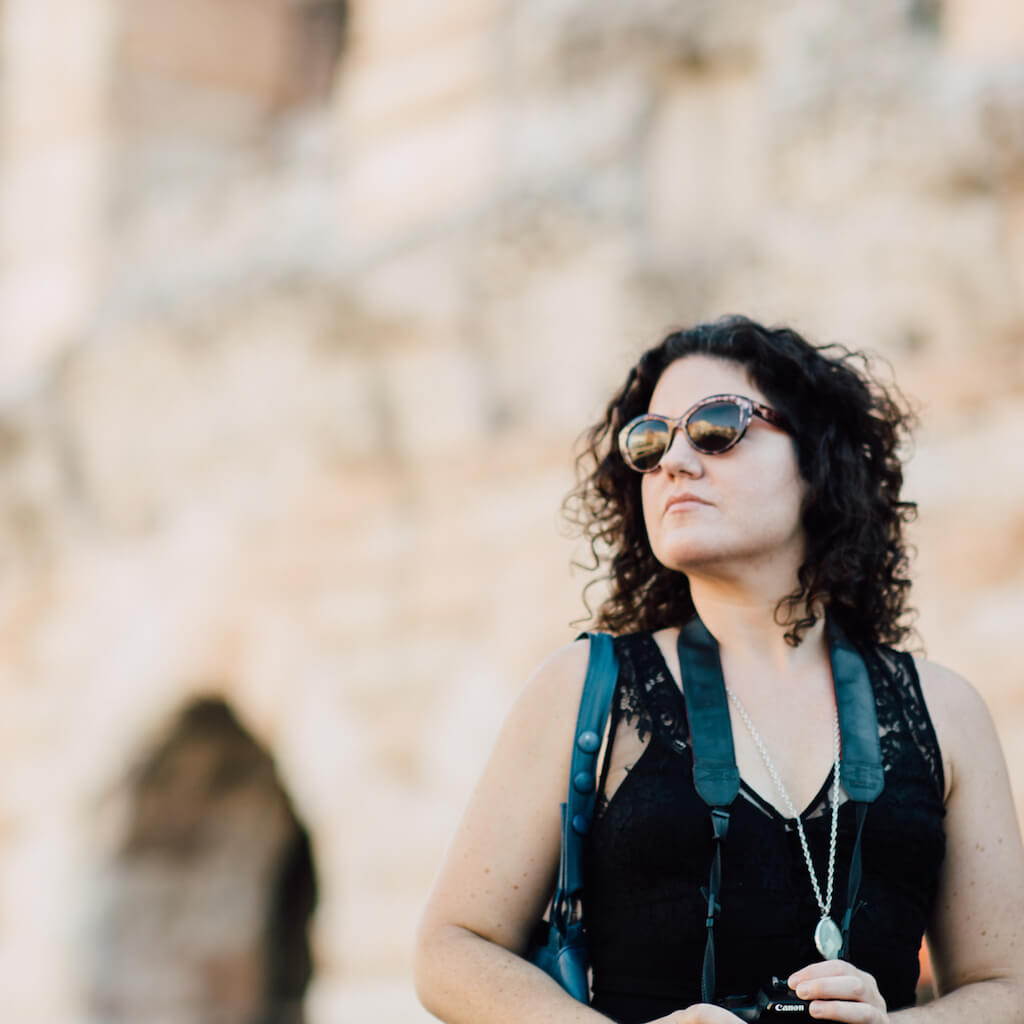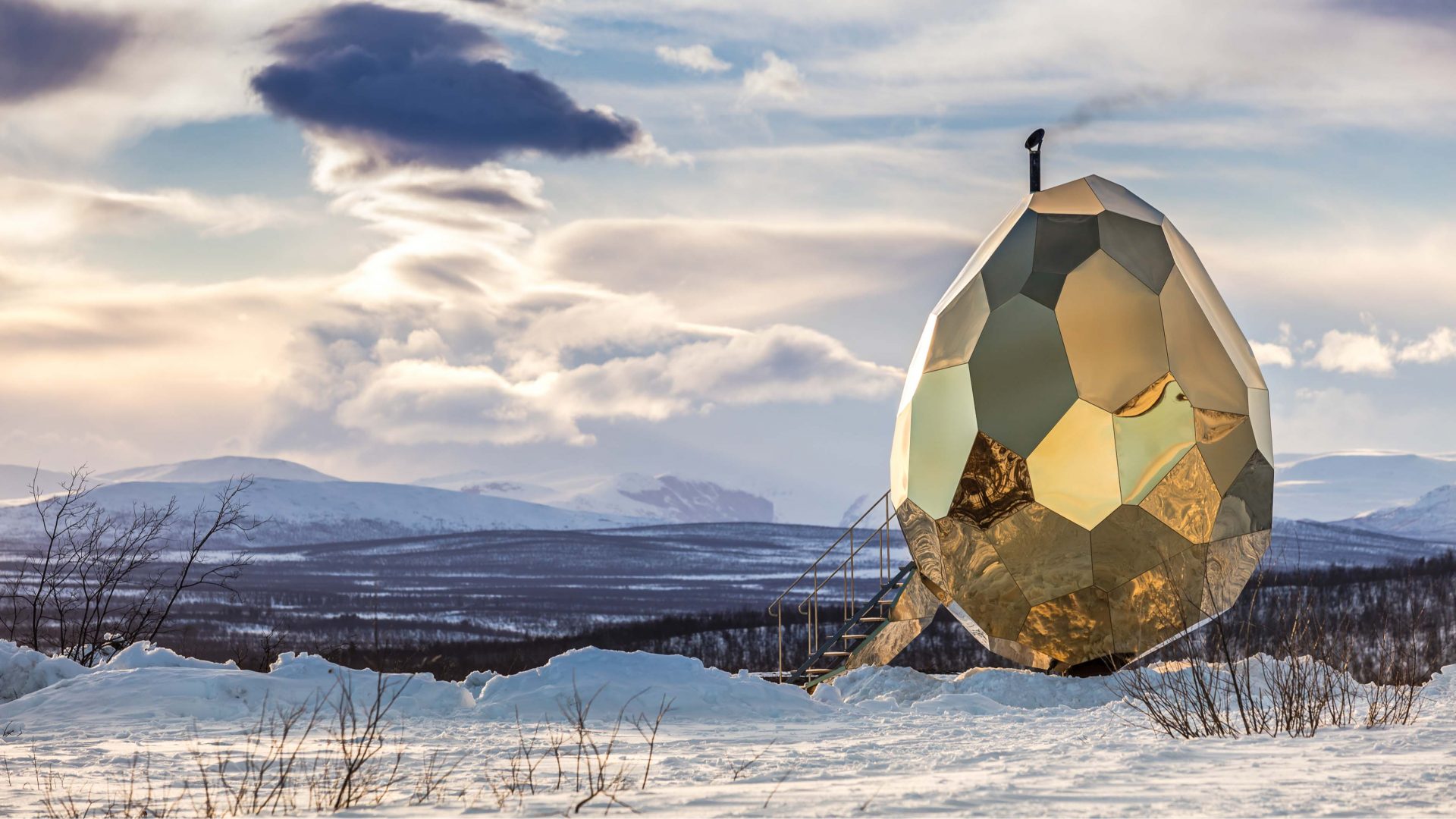When it comes to touring the Vatican Museum, not only are there illustrations of buttoned-up cardinals and stern religious beliefs, but a revelation of underlying LGBT history. Explore the museum’s unexpected stories of gay Renaissance artists and gender-bending symbolisms.
It’s a bastion of tradition, customs and ceremony, but inside this vast 500-year-old bubble of Catholicism are symbols and stories which not everyone sees. This was a Vatican tour with a twist, one which explored the gay symbols and stories woven into centuries-renowned art. On this occasion though, I wouldn’t be using the hackneyed earpiece or private museum guide; instead, I would be admiring this collection of ancient and classical art through the alternative lens of Quiiky’s Untold History tour.
Brainchild of its CEO and founder, Alessio Virgili created Quiiky so people of any orientation can interpret the sometimes-hidden symbols inside the Renaissance masters’ works and explore the history of gay rulers during the Roman Empire.
While the Vatican does not officially approve or disapprove of the Quiiky Tour, the company is free to operate with their own professional guides. And notably in 2016, Pope Francis made Catholic history by calling for the church and priests around the world to be more tolerant and accepting of gays and lesbians.
“As long as you’re not submissive, it’s OK!” jokes my guide, the gregarious Tiberio Tassinari. The ‘submission’ refers to Hadrian, he explains, the Roman emperor crowned in AD117. As we start our tour beside Hadrian’s shiny marble bust, Tassinari explains how the emperor took male lovers but with Hadrian the dominant sexual partner, and not the submissive, he was generally accepted by the Roman citizenry. “Although, after Hadrian’s male consort Antinous drowned in the Nile in AD130, he made him a god,” adds Tassinari.
Tassinari used to work for the Vatican Museum itself, leading hundreds of guests around its myriad rooms, but now, since working with Quiiky, he illustrates the history of the religious art and its gay symbolism using his own flamboyant spins and humorous asides.
RELATED: A deep dive into an underwater art world
With a sweep of his hands, Tassinari leads us to another room to view what he describes as ’a sexy naked guy’ in his melodious Italian accent. It is Alexander the Great’s commissioned statue of Apoxyomenos by the sculptor Lysippus, who chose to depict him in an overtly athletic and chiseled form; Lysippus used a curved instrument known as a Roman strigil to depict the sweat trickling down the s body. On the day of our visit, Apoxyomenos had been cordoned off, and viewable only from the front “A shame,” sighs Tassinari, “His [backside] is one of the best ever!”
